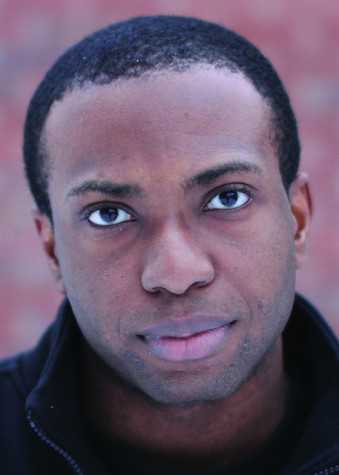Concussions happen with high frequency

October 17, 2013
A concussion is one of the most serious injuries in any sport, just ask any athlete that deals with constant risk of head injuries.
According to neurosurgery.pitt.edu, in the United States, the annual incidence of concussion injuries is estimated at 300,000. Another estimate of the likelihood of an athlete experiencing a concussion is estimated to be as high as 19 percent per season.
Regardless of what kind of athlete a person is, it seems as if every athlete is at risk for a head injury. In Ryan Howe’s article, “Concussions: Not Just a Football Injury,” on Magic Valley, he states that concussions are not just happening to football players, but on other sports teams as well.
Howe states that whether if it is a wrestler’s head hitting the mat, or if it is a high jumper hitting head first into a pole, concussions can happen to any athlete. Howe continues to say that other sports have made an effort for better head protection, with more soccer players wearing padded headbands.
Football is not the only sport with constant hitting that involves high risks of concussions. Hockey deals with head injuries as well.
According to EWU head coach Bill Shaw for the varsity hockey team, his team goes through certain measures when dealing with concussions.
“You can’t play until you are one week symptom free. So if you get hit on a Thursday and you have headaches the following Thursday, but then the following Friday they clear up, you won’t be able to play for another seven days,” Shaw said.
Shaw goes on to state that there is not much of a difference between hockey and football when it comes down to the level of urgency involving concussions.
“They’re both physical sports, both sports have tried to take out, of the game, the head contact. In football, a guy used to be able to go over the middle and you could do whatever you want to the wide receiver, they’ve changed that now. In hockey, it’s the same way, if you make any contact with the head now, it’s a penalty,” he said.
GA athletic trainer for women’s soccer, Megan Chavez, goes through an extensive process when dealing with concussions with the soccer athletes of EWU.
“Here at Eastern, what we do with women’s soccer is when they come in for their pre-physical examinations within that first couple of weeks, we have them do impact testing,” Chavez said.
Impact testing is a computer test that takes around 15 minutes. The test gives the athletic training staff a baseline reading of each athlete’s cognitive function.
Chavez also states that there are certain factors that go into play when an athlete is suffering from a concussion.
“If we have an athlete that sustains a concussion, there’s certain [protocols] that we take. Time is a big indicator, based on the symptoms and signs that they show on the field,” Chavez said.
As part of her job, Chavez can track the concussion history of each athlete on the soccer team.
“We use, like an injury tracker, and I’m able to go back and assess who’s had a concussion since they’ve been at Eastern,” Chavez said.
According to Chavez, during a pre-physical participation exam, one of the questions that the soccer athletes get asked is if they have ever had a concussion before.
The severity of a concussion injury in any sport is a big challenge that an athlete must deal with in order to get back to normal. According to Shaw, it just depends on the person, everyone’s body recovers in different ways.
“Different people recover differently, you’ll see guys that have had a couple [concussions] and they’re fine. Another guy gets that one [concussion] hit and he’s just done.”









Lee Becker • Oct 18, 2013 at 7:31 am
Thank you for your concern to make sports a safer and more positive experience.
Lee Becker
Director, Football Safety Academy
Danville Ca